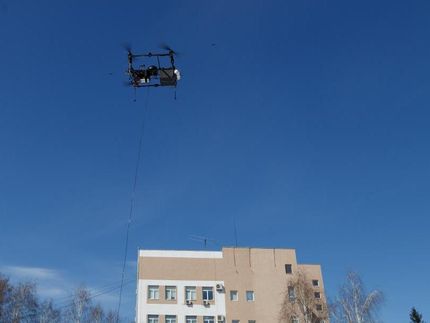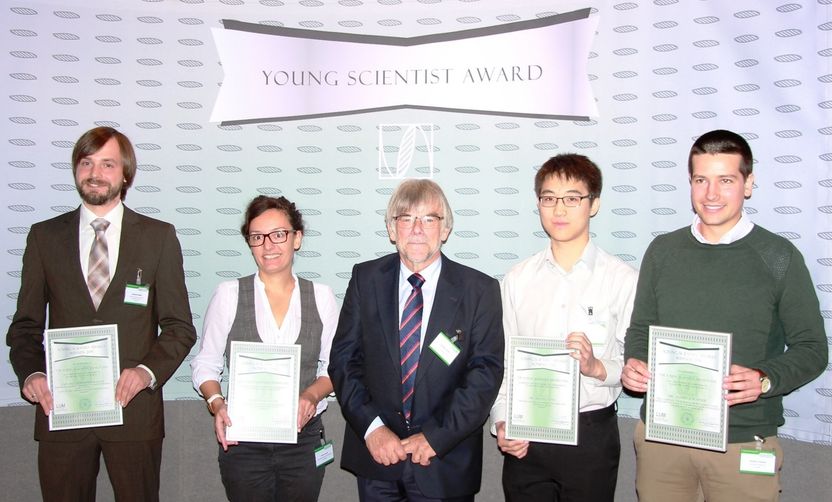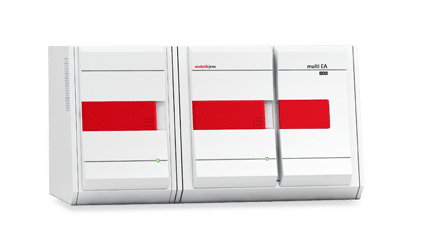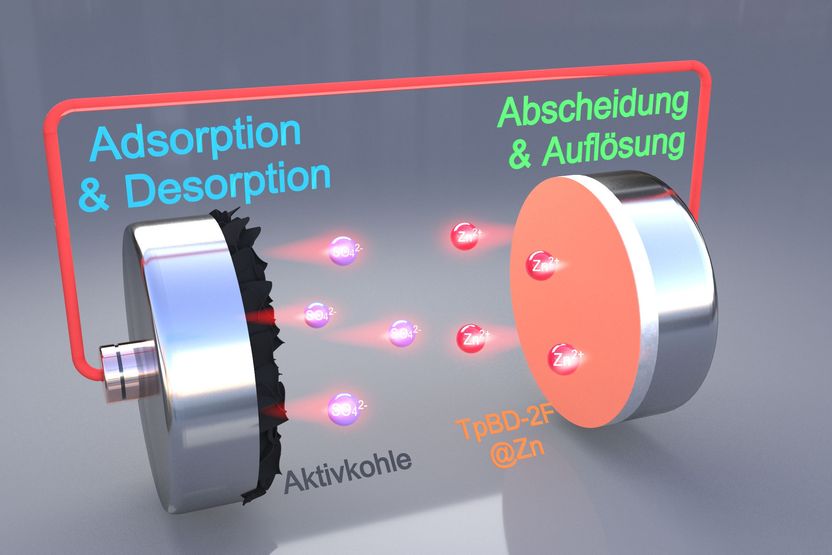House cats’ noses may function like highly efficient chemical analysis equipment
Parallels between cat noses and gas chromatography provide new insights into mammalian evolution
Advertisement
A new computer simulation of domestic cats’ noses suggests that the convoluted nasal structures involved in their sense of smell function similarly to parallel coiled gas chromatographs—laboratory equipment used for highly efficient analysis of the chemical makeup of substances. Zhenxing Wu of the Ohio State University, U.S., and colleagues present these findings in the open-access journal PLOS Computational Biology on June 29, 2023.
Vertebrates use their noses for both breathing and smelling, with receptors inside the nose detecting odors in inhaled air. Some prior studies suggest that odor detection in vertebrates may function similarly to basic gas chromatography, in which, essentially, the substance being analyzed is vaporized and carried by a steady flow of gas through a tube. Different chemical components of the substance interact with the tube in distinct ways along its length, enabling identification of each component.
Parallels between gas chromatography and nose function have already been observed in amphibians. However, few studies have examined these parallels for mammalian noses, which have more convoluted channels through which air passes to enable odor detection.
To shed new light, Wu and colleagues developed an anatomically accurate three-dimensional computational model of the nose of a domestic cat. They drew on a variety of techniques, including high-resolution micro-CT scans of an actual cat’s nose and computational fluid dynamics modeling.
Simulation of air and odor flow through the virtual cat nose showed that it appears to function similarly to a parallel coiled gas chromatograph, in which the efficiency of the basic technique is boosted by the use of multiple tubes branching off of one high-speed gas stream.
In other words, if a cat’s nose only had one straight tube for odor detection, it would need to be longer than the physical size of the head allows in order for odor detection to be as efficient as it actually appears to be. Having multiple complex channels appears to be 100 times more efficient than having a single straight tube—which most amphibians have.
These findings deepen understanding of how the evolution of more convoluted channels enabled mammals’—especially cats’—enhanced sense of smell.
The authors add, “The evolutionary occurrence of the convoluted olfactory turbinate channels in mammalian noses, remarkably resembles a different sensory organ, the snail-like coiled cochlea that is also unique to mammals. In birds and other non-mammalian vertebrates, the inner hearing organ, despite being called ‘cochlea’, is instead a blind-ended tube. While we know that the evolution of mammalian cochlea enhances our hearing sensitivity and frequency range, we believe here that the mammalian ‘olfactory cochlea’ may similarly enhance the sense of smell by serving as a parallel coiled chromatograph. The finding reveals novel mechanisms to support high olfactory performance, furthering our understanding of the successful adaptation of mammalian species, including cat, an important pet, to diverse environments.”
Original publication
Other news from the department science
Most read news
More news from our other portals
See the theme worlds for related content
Topic world Gas chromatography
Gas chromatography is an essential method in analytical chemistry for the separation and analysis of volatile compounds. Due to its high resolution and sensitivity, it has become firmly established in areas such as environmental analysis, food chemistry or forensic science. GC provides precise and reliable results and enables deep insights into the chemical composition of samples.

Topic world Gas chromatography
Gas chromatography is an essential method in analytical chemistry for the separation and analysis of volatile compounds. Due to its high resolution and sensitivity, it has become firmly established in areas such as environmental analysis, food chemistry or forensic science. GC provides precise and reliable results and enables deep insights into the chemical composition of samples.





























































